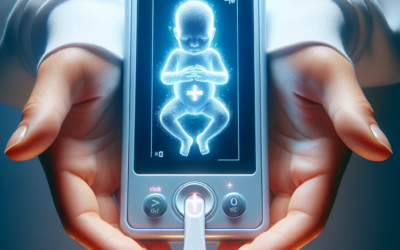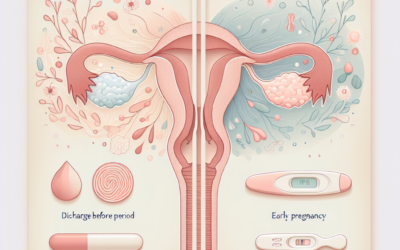Introduction
Welcoming a new baby into the world is one of life’s most exciting experiences. However, the process of labor and delivery can be daunting for many expecting parents. This article aims to provide a comprehensive overview of what to expect during labor and delivery for pregnant individuals and their partners.
What is Labor?
Labor is the process through which the body prepares for childbirth. It is divided into three main stages: early labor, active labor, and the delivery of the placenta. Understanding these stages is crucial for managing expectations and preparing for the big day.
Signs of Labor
Expecting parents should be aware of the signs that indicate labor is approaching. Common signs include:
- Regular contractions
- Water breaking
- Bloody show
- Backaches and pelvic pressure
Recognizing these signs can help ensure that the laboring individual arrives at the hospital or birthing center at the right time.
Stage One: Early Labor
Early labor is characterized by mild contractions that help the cervix begin to dilate. This stage can last for hours or even days. It’s essential to remain calm and use this time to relax and prepare for delivery.
Stage Two: Active Labor
Active labor begins when the contractions become more intense and frequent, typically occurring every 3 to 5 minutes. This stage is often the most challenging, as the individual experiences increased pain and pressure as the baby moves down the birth canal. This is where breathing techniques and support from a partner or doula can be especially beneficial.
Stage Three: Delivery of the Placenta
Following the birth of the baby, the body will continue to contract to deliver the placenta. This stage usually lasts about 5 to 30 minutes and is vital for ensuring the mother’s health after delivery.
Positions for Labor and Delivery
There are various positions that laboring individuals can adopt to help ease labor and aid delivery. These may include:
- Standing or walking
- Kneeling or squatting
- Side-lying position
- Using a birth ball
Experimenting with different positions can help find the most comfortable method and may facilitate an easier birth.
Possible Interventions
In some situations, medical interventions may be needed during labor and delivery. These can include:
- Induction of labor
- Pain management options (epidural, analgesics)
- C-section delivery if complications arise
It is essential to discuss these options with healthcare providers ahead of time to create a birth plan that aligns with the parents’ wishes.
Postpartum Care for the Mother and Baby
After delivery, both the mother and baby will require care. The mother will need support and time to heal, while the newborn will undergo assessments to ensure they are healthy. Establishing skin-to-skin contact and initiating breastfeeding as soon as possible can promote bonding and support the baby’s well-being.
Conclusion
Labor and delivery are significant milestones in the journey of parenthood. By understanding the process and preparing for what to expect, expecting parents can approach this transformative experience with confidence. Remember that every labor is unique, and seeking support from healthcare professionals, partners, and loved ones can make all the difference.
This article provides key insights and guidance for expecting parents regarding labor and delivery, covering essential stages, positions, interventions, and postpartum care.














